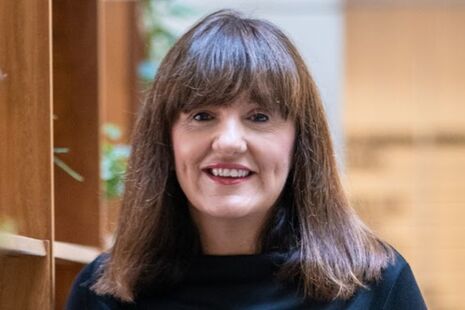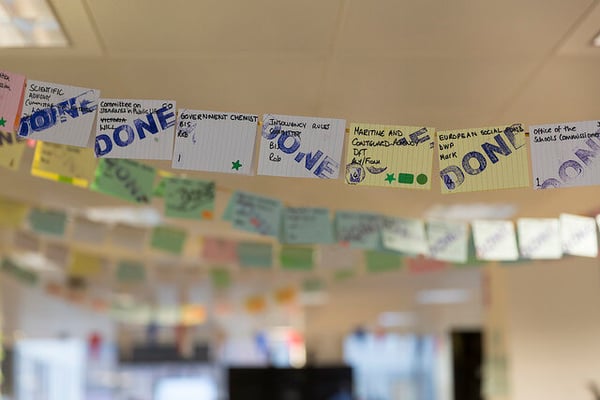GDS launches new digital government strategy
Tom Read, who became the Chief Executive Officer of GDS in February 2021, has announced a new three-year strategy includes a focus on making GOV.UK a single, trusted source of information, joining up services, and creating a pan-government digital identity solution.
The new strategy commits GDS to invest its finite time and resources in a few transformative digital services.
 “Of our circa £90m budget this year and with more than 800 people, around 60% are needed to support our existing platforms, services and content. This includes ensuring GOV.UK, which is a vital resource for millions of citizens, is available, reliable and has up to date information,” explained Read. “We therefore have to be selective about where we focus our people, skills and money to make the most difference to the most users of government services.”
“Of our circa £90m budget this year and with more than 800 people, around 60% are needed to support our existing platforms, services and content. This includes ensuring GOV.UK, which is a vital resource for millions of citizens, is available, reliable and has up to date information,” explained Read. “We therefore have to be selective about where we focus our people, skills and money to make the most difference to the most users of government services.”
GDS's new approach will focus on services that hide the complexity of government structures for the users, services that can only be delivered by the centre, and building services once.
It also marks a clear departure from previous 'Big GDS' ambitions - with an explicit statement that government digital and technology strategy and policy, DDaT properly reside into the newly-formed Central Digital and Data Office (CDDO).
Instead, GDS is to focus on "the interaction between end users and government, rather than the technology underpinning government departments".
Prior to joining GDS, Read was Chief Digital and Information Officer at the Ministry of Justice, where he spearheaded reforms to modernise technology used across prisons and the legal aid service.
GDS' new strategy focuses on five missions over the next three years:
- GOV.UK as the single, trusted online destination for government services
- Joined-up services that solve an entire problem and which span departments
- A digital identity solution that works for everyone
- Common tools and expert services
- Joined-up data across government departments
The first of these includes a commitment to continue to iterate the design and operation of key features, look at how information can be reached where users are, and ensuring tools provided to civil servants are simple and clear to use.
The second mission - to join up services - will involve building GOV.UK account functionality, creating a single sign-on, map and connect data around individuals and finding agreement on data sharing arrangements with departments.
The third mission is to create a new digital identity system, aiming to replace the government’s flagship GOV.UK Verify system.
“Government services' existing login and digital identity solutions have been designed, developed and operated in departmental silos, with a focus only on meeting each department's needs,” said Read. “For users, this is a confusing and frustrating picture; for government, this is expensive and leaves the door open for fraud. We will build on what we have learned from GOV.UK Verify and create a new way for users to sign-on to services from any department, and confirm their identity.”
Read added that new services will be built in partnership with other government departments, and that GDS will “design in simplicity and relentlessly test with users”, and that existing services will only be integrated or turned off when the new service has been “tested thoroughly”.
The fourth element of the strategy focuses on common tools and services, and joined-up data across departments: “We need to put data right at the heart of our strategic approach,” he explained. “That means being able to comprehensively understand how people interact with the government online, and being able to use data about people and government (with permission) to provide the level of service that they expect.”
Together with the newly created CDDO, GDS will work to explore an events brokerage service to allow departments to share information that would be good for other parts of government to know, create a cross-government reference architecture, and build insight capability into how people interact with the government online.
He said that GDS won’t be explicitly focus on running another “big exemplar programme for individual transactional services: most departments and agencies are more than capable of doing these themselves with the right funding and support” or end-user technology for civil servants.





